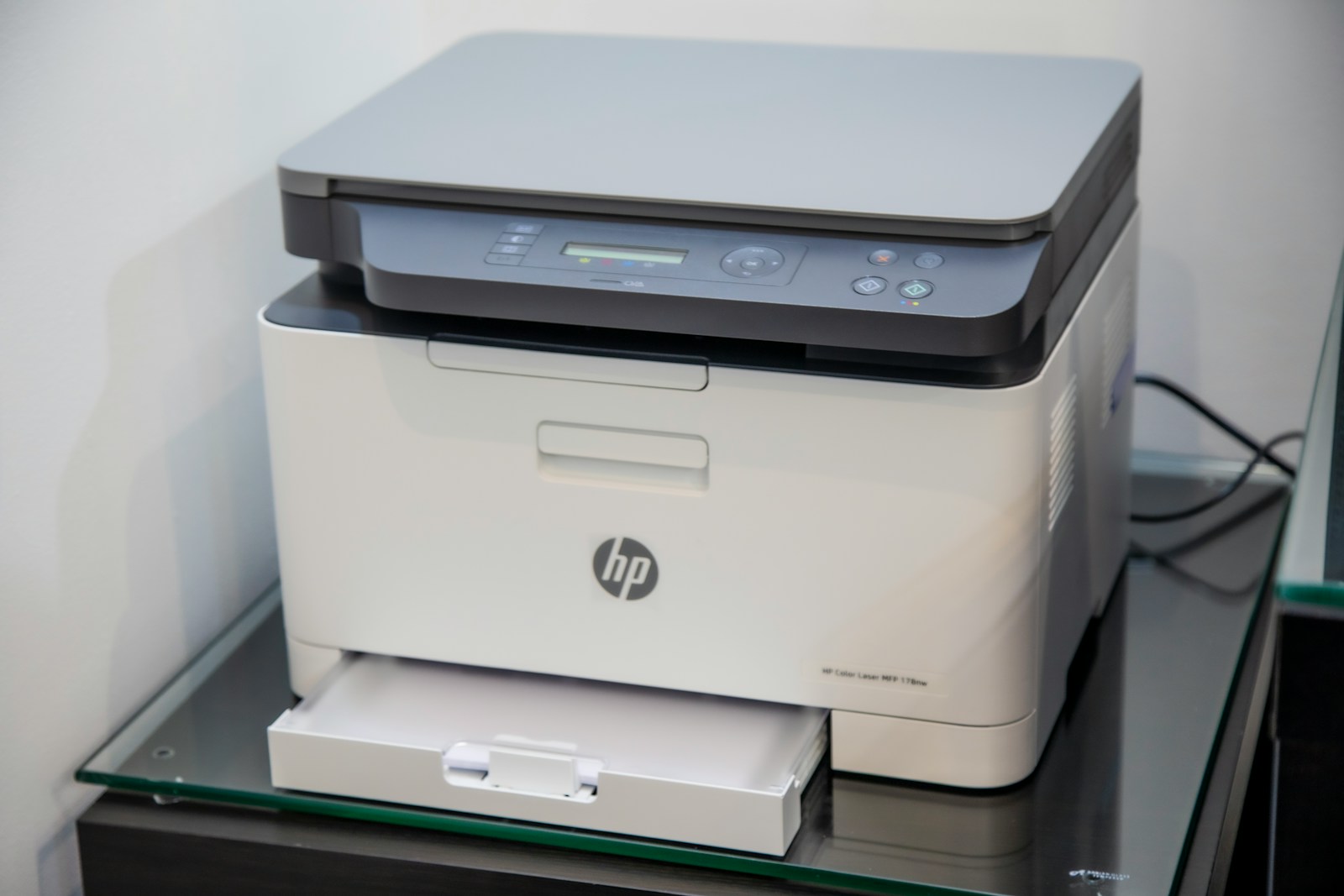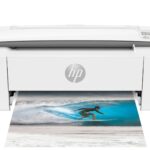Printers have become essential for everyday tasks, whether you’re at home or in the office. When you press “print,” a lot of complex processes happen inside the machine. The printer uses a combination of heat, pressure, and specialized inks or toners to produce a copy of your document.
At a basic level, most printers work by transferring ink or toner onto paper. For example, laser printers use a laser to create electrostatic charges on a drum. The toner sticks to these charged areas and is then transferred onto paper. The paper is heated to make the toner stick permanently.
Inkjet printers work differently but achieve the same goal. They spray tiny droplets of ink directly onto the paper to create an image. Each type of printer has its own maintenance needs and troubleshooting methods to keep them working efficiently.
Key Takeaways
- Printers use heat, pressure, and ink or toner to create documents.
- Laser printers use a drum and toner, while inkjet printers spray ink.
- Maintenance and troubleshooting help keep printers functioning well.
Understanding Printer Functionality and Setup
This section covers how printers work and how to set them up. It will address their key parts, how software and drivers interact with them, and how to establish and configure connections.
Components and Mechanisms
Printers consist of several important parts. Inkjet printers use ink cartridges, a printhead, and paper trays. Laser printers use toner cartridges, a drum unit, and sometimes a fuser.
- Printheads distribute ink or toner precisely.
- Paper trays hold the paper and feed it correctly.
- Ink levels must be monitored to avoid poor quality prints.
Firmware helps control these features, ensuring everything works smoothly. If there is a problem, the printer manual can be useful for troubleshooting printer issues.
Printer Drivers and Software
Printer drivers and software are essential. The driver acts as a translator between the printer and the computer.
- Installing a driver is key for printer functionality.
- Driver updates ensure compatibility with operating systems.
Software allows users to manage print settings like alignment and print quality. Problems with the driver can cause issues in the printer queue or prevent printing.
Establishing Connections
Setting up a printer connection is a critical step. Wireless printers are common and easy to connect using Wi-Fi or Bluetooth.
- Wi-Fi printers connect to the same network as your computer.
- Bluetooth printers pair directly with other Bluetooth devices.
When connecting, you might need to add the printer in your device settings. Network printers may require the IP address to establish a connection. Always refer to the printer manual if issues arise.
Printer Configuration
Configuring a printer ensures it meets user needs. This involves setting it as the default printer and customizing settings for best performance.
- Go to System Settings and select Printers & Scanners.
- Check the General Tab for basic settings.
- The Advanced Tab has options for more specific configurations.
Users should also ensure the printer connection, ink levels, and paper alignment are correct. If problems persist, revisiting the configuration settings or consulting the printer manual may help.
Maintenance and Troubleshooting
Regular maintenance ensures your printer runs smoothly, while knowing how to troubleshoot common problems can save time and frustration.
Routine Maintenance
Routine maintenance is essential for optimal printer performance. Start by regularly cleaning the printer. Remove dust from the exterior and use a soft brush to clean the interior, including the paper feed and print head.
Check for firmware updates. Manufacturers often release updates to improve functionality and fix bugs. Ensure the paper is properly aligned in the tray. Misalignment can cause jams. Replace ink or toner cartridges before they completely run out to avoid print quality issues.
Use the printer settings to run a test page. This page helps identify any issues with print quality. Keep the printer in a dust-free environment to extend its life.
Problem Resolution
Troubleshooting printer issues can solve many common problems. If the printer isn’t printing, check the cables or wireless connections. Ensure the printer is on and connected to the computer. For Windows users, open “Printers & Scanners” to see if the printer is listed and set as the default printer.
If the printer shows as offline, try restarting both the printer and the computer. Clear the print queue to remove stuck print jobs.
For paper jams, gently remove the paper from the feed area. Avoid tearing it. Use the printer’s built-in troubleshooter or the manufacturer’s support resources for specific error codes or issues.
Managing Print Jobs
Effectively managing print jobs helps ensure smooth printing. Start by organizing print jobs in the queue. Prioritize urgent documents and pause non-essential ones. Use the print spooler service to manage and reorder jobs efficiently.
Regularly refresh the print spooler. This can help resolve stuck jobs. If print jobs are not processing, delete them from the queue and re-add them. Use print settings to select the appropriate paper size and print quality.
Run a print test page periodically. This can help identify issues early. By managing print jobs effectively, users can minimize delays and ensure that critical documents are printed on time.
Frequently Asked Questions
This section covers common questions about how printers work. It includes details on the principles of different types of printers, the rapid production of printouts, and the general process of printing documents.
What is the working principle of an inkjet printer?
Inkjet printers use small nozzles to spray ink onto paper. These nozzles place tiny droplets of ink in specific patterns to form text and images. The printer moves the print head back and forth to cover the paper area.
How are laser printers different from inkjet printers in their working mechanism?
Laser printers use a laser beam and a rotating drum. The laser creates an image on the drum by charging certain areas. Toner powder sticks to the charged areas and is then transferred to paper. Heat and pressure fix the toner to the paper.
What enables printers to produce printouts rapidly?
Printers are fast due to advances in print head technology, processor speed, and efficient ink or toner delivery systems. Reducing the DPI can also speed up the printing process as it requires less detailed work.
In what way do printers combine colors to create images on paper?
Printers mix primary colors—cyan, magenta, yellow, and black—to create a full spectrum of colors. Tiny dots of these inks are combined in various patterns and intensities to produce the desired shades for images.
Can you describe the general step-by-step process of how a document is printed?
- A document is sent from a computer to the printer.
- The printer processes the document data.
- For inkjet, the print head sprays ink droplets onto paper.
- For laser, the laser charges the drum and toner transfers the image to paper.
- The paper is fed through the printer and the ink or toner is applied.
- The printed paper exits the printer.
What steps should be followed to ensure a printer prints a document correctly?
- Check the printer connection and power.
- Load the right type of paper and ensure it is aligned.
- Choose the correct settings in the print dialogue box.
- Ensure sufficient ink or toner levels.
- If using special software, confirm compatibility with the printer.
- Test print if needed to verify settings.







